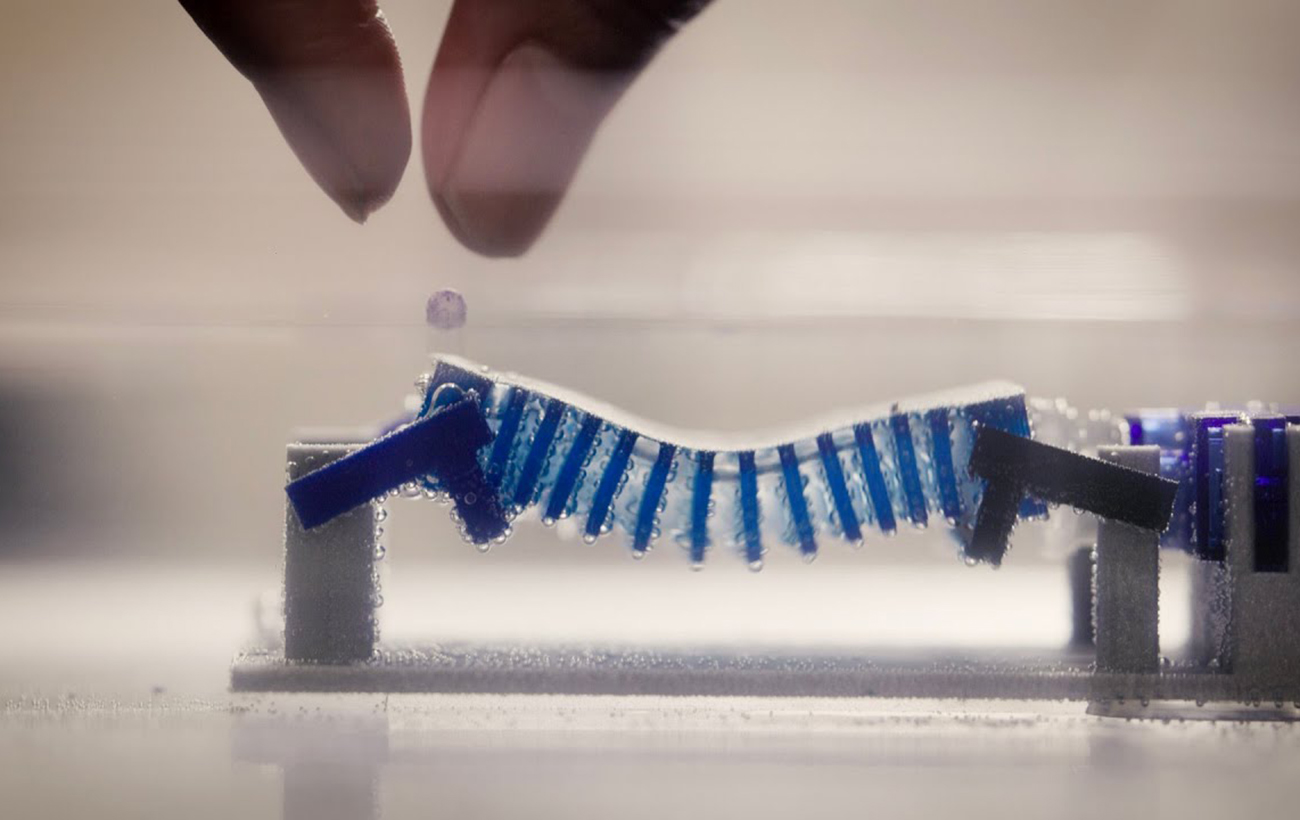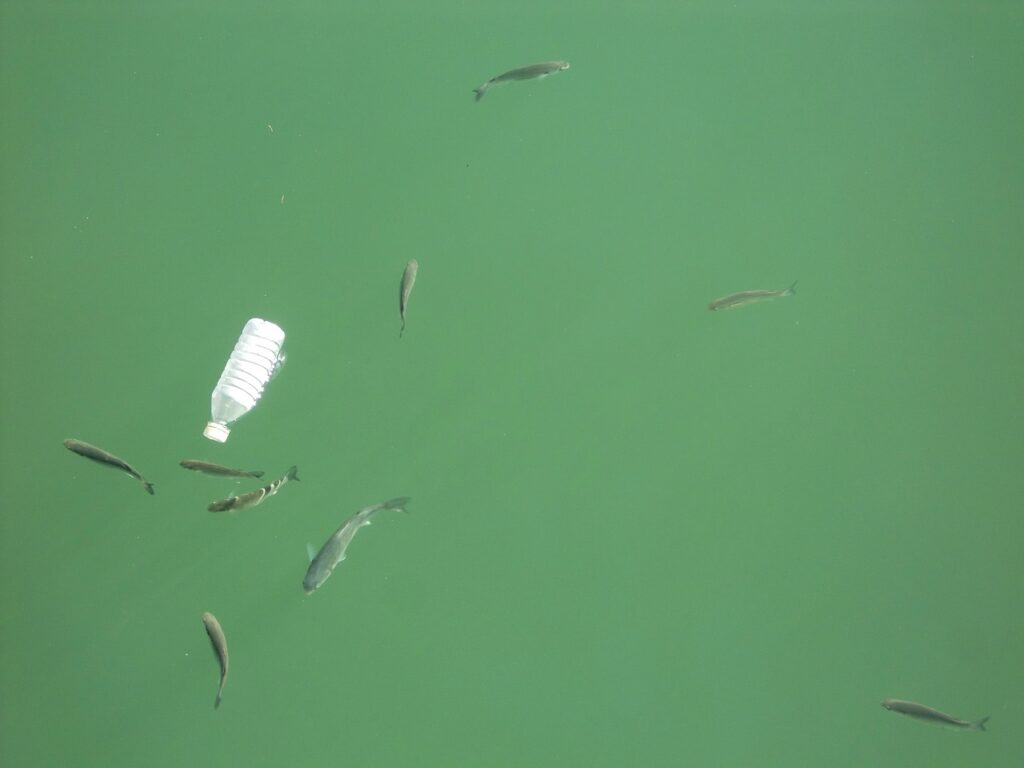
Scientists have created a robo-snail that can save the ocean from harmful microplastics (video)
Scientists have created a prototype of a robot snail that can help clean up the waters of the world’s oceans and any other bodies of water from harmful microplastics in the future.
RBC-Ukraine (Styler project) reports on the new invention, citing the Cornell Chronicle.
Why microplastics are dangerous
Microgranules are considered to be primary microplastics, which are specially produced small in size and are most often used in hygiene products.
At the same time, secondary microplastics are microgranules formed as a result of the decomposition of plastic waste under the influence of water and ultraviolet rays.
Experts estimate that there are currently 50 to 75 trillion pieces of plastic or microplastics in the world’s oceans.
According to a number of scientists, microplastics, when ingested by humans or any other living creature (fish, birds, mammals, etc.), can damage internal organs and release chemicals that are dangerous to healthy life.
Some studies have confirmed this opinion, showing that microplastics can disrupt the body’s protective functions, stop cell growth and reproduction, and even lead to blood clots. It can also negatively affect the endocrine system.

What scientists have come up with
A group of researchers from Cornell Private University in the United States has proposed a solution to overcome the global problem and clean up the world’s oceans.
After paying attention to the small and slow aquarium “apple” snail (Pomacea canaliculate), which uses the undulating movements of its sole to control the surface flow of water and suck up floating food particles, scientists have created a prototype of a robot similar to it.
According to the scientists, the robot snail could collect microplastics both in the ocean and on the surface of any other body of water.
“We were inspired to create a microplastic collection device by the way a snail collects food particles at the water-air interface,” said Professor Sungwan “Sunny” Jung.
He clarified that the mollusk usually stays underwater “upside down” and gathers food in one spot due to wave-like movements.
How the robo-snail works
A prototype of the floating robot’s “sole” (without a filter element) was printed on a 3D printer. Based on the “mechanics” of an aquarium snail, the researchers “taught” their invention to make the movements they needed.
According to the scientists, it will direct plastic particles floating on the water surface to a special “garbage” container.
The key features of the promising development are cost-effective production and low power consumption (a 5-volt battery is enough).
On paper, this technology is much more efficient than standard pumps that suck in ocean water for further filtration.
At the same time, scientists have not yet reported on the likely timing of mass production of the robot cleaner.

